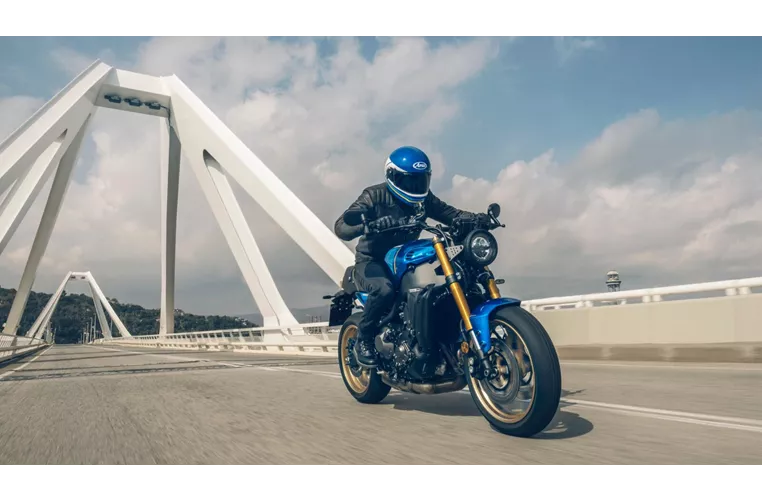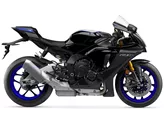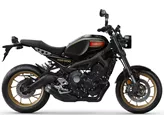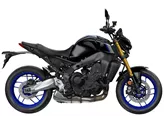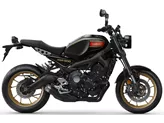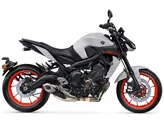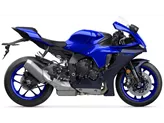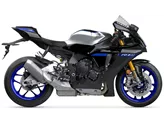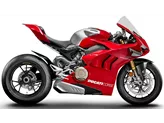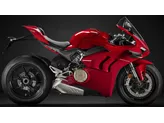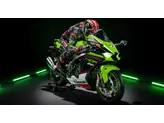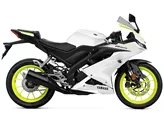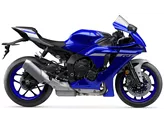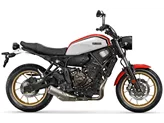Yamaha R1 2015 vs. Yamaha XSR900 2022

Yamaha R1 2015
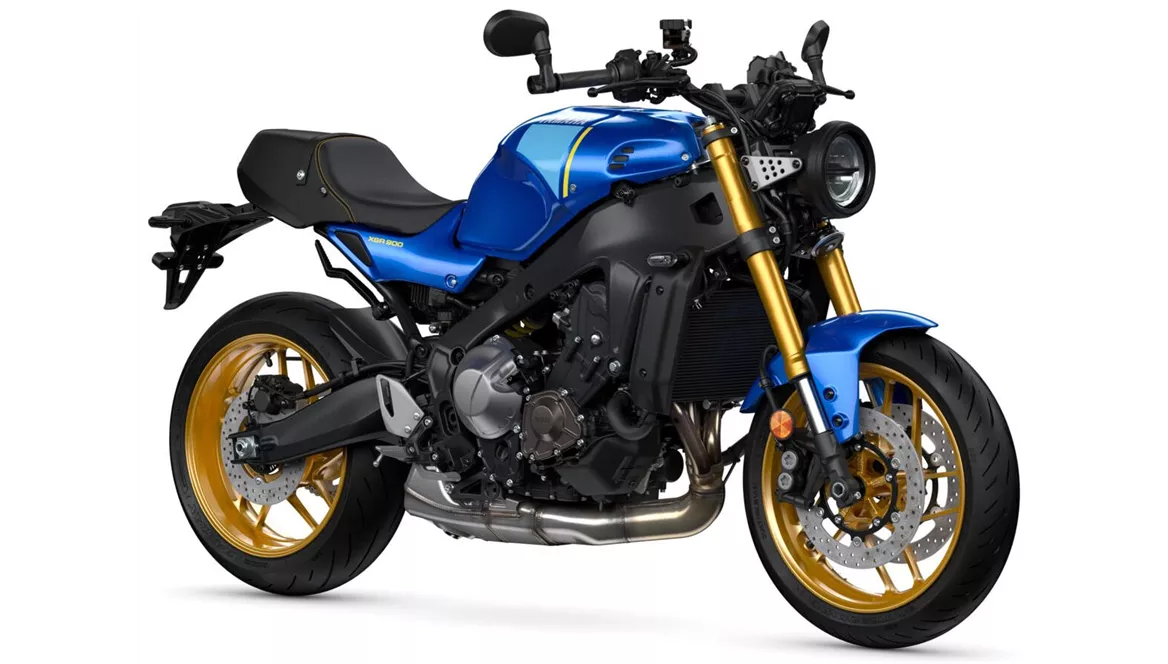
Yamaha XSR900 2022
Overview - Yamaha R1 2015 vs Yamaha XSR900 2022
The Yamaha R1 model year 2015 and the Yamaha XSR900 model year 2022 are two distinct motorcycles with their own unique features and characteristics.
Starting with the Yamaha R1 2015, it is a supersport bike known for its powerful performance. It is equipped with a 998cc engine that produces 200 horsepower and 112.4 Nm of torque. The engine features a bore of 79 mm and a stroke of 50.9 mm, resulting in a high-revving and exhilarating riding experience. The compression ratio stands at 13, contributing to the bike's impressive power output. The R1 has a liquid-cooled system to ensure optimal engine temperature.
In terms of suspension, the R1 2015 is equipped with an Upside-Down telescopic fork at the front, providing excellent stability and control. The chassis is made of aluminum and features a Deltabox frame, which enhances the bike's agility and handling capabilities. The braking system consists of double disk brakes at the front, ensuring reliable stopping power.

Yamaha R1 2015
The Yamaha R1 2015 also boasts advanced rider assistance systems, including launch control and traction control. These features enhance the bike's performance and provide added safety during acceleration and cornering. The dimensions and weights of the R1 include a front tire width of 120 mm, a rear tire width of 190 mm, a wheelbase of 1405 mm, and a seat height of 855 mm. The bike has a kerb weight of 199 kg and a fuel tank capacity of 17 liters.
Moving on to the Yamaha XSR900 2022, it is a naked bike that offers a balance between sportiness and everyday usability. It is equipped with an 889cc engine that produces 119 horsepower and 93 Nm of torque. The engine features a bore of 78 mm and a stroke of 62.1 mm, resulting in a different power delivery compared to the R1. The compression ratio stands at 11.5, providing a good balance between power and efficiency. Similar to the R1, the XSR900 has a liquid-cooled system.
The XSR900 2022 features an Upside-Down telescopic fork at the front for suspension, providing a comfortable and controlled ride. The chassis is made of aluminum and features a Twin Tube frame, which offers a good balance between rigidity and flexibility. The braking system consists of double disk brakes at the front, ensuring reliable stopping power.
In terms of rider assistance systems, the XSR900 2022 offers a comprehensive package. It includes ABS, riding modes, cornering ABS, ride by wire, shift assistant with blipper, cruise control, and traction control. These features enhance the bike's safety and performance in various riding conditions. The dimensions and weights of the XSR900 include a front tire width of 120 mm, a rear tire width of 180 mm, a wheelbase of 1495 mm, and a seat height of 810 mm. The bike has a kerb weight of 193 kg and a fuel tank capacity of 15 liters.
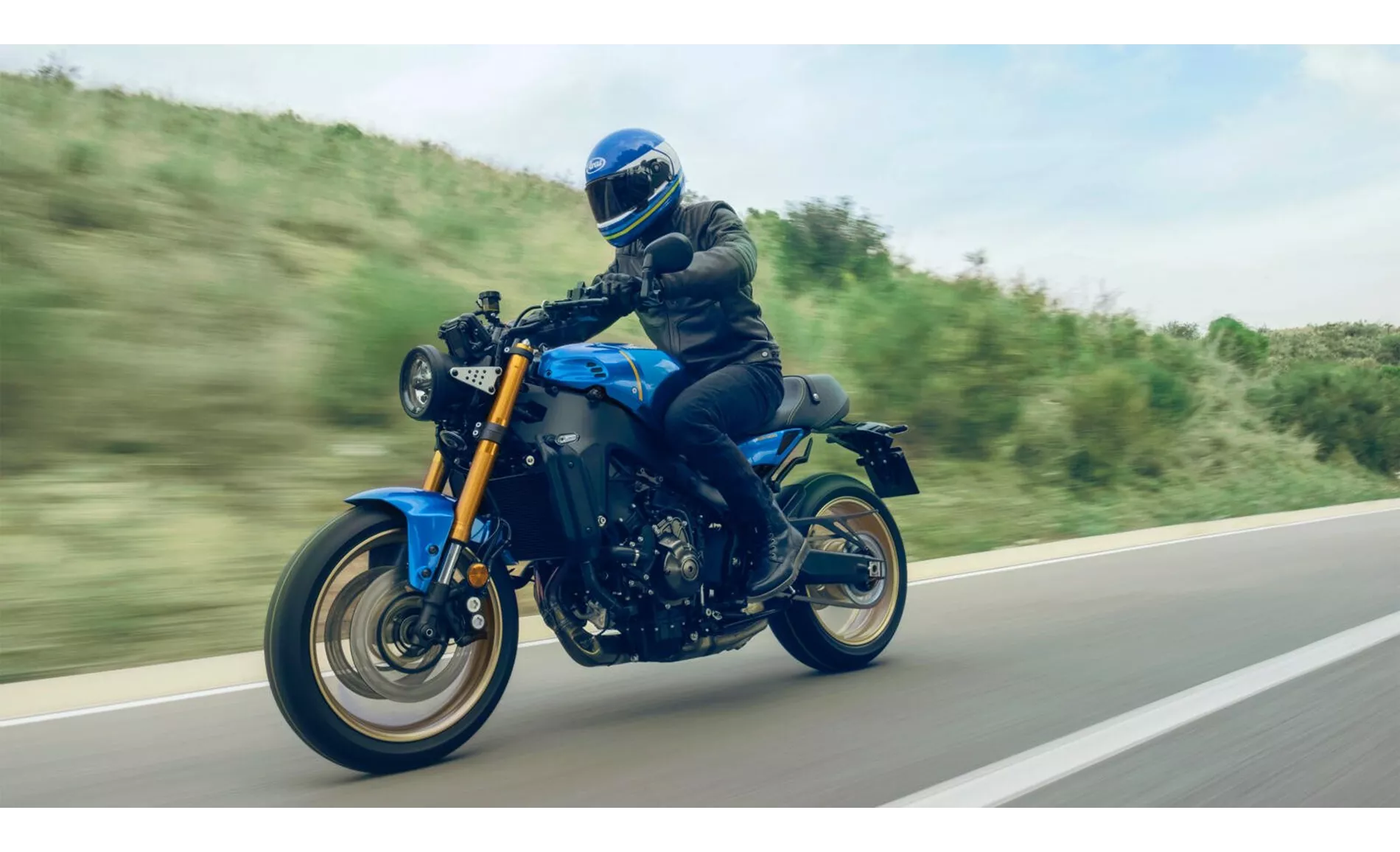
Yamaha XSR900 2022
In terms of strengths, the Yamaha R1 2015 is known for its crazy sound, rev-happy engine with a strong peak, and a great racing feeling in the saddle. It also boasts a superior electronics package and high-quality workmanship. On the other hand, the Yamaha XSR900 2022 offers a powerful engine, a quickshifter as standard, good brakes, and a comprehensive electronics package. It also provides sporty but everyday ergonomics and value for money. Additionally, the XSR900 has many accessories available ex works.
However, the Yamaha R1 2015 does have some weaknesses, including torque sag in the middle and stability in the braking zone. On the other hand, the Yamaha XSR900 2022 has a hard seat and a low steering angle, which may not be ideal for some riders.
In conclusion, the Yamaha R1 2015 and the Yamaha XSR900 2022 are both impressive motorcycles with their own unique strengths and weaknesses. The R1 offers a more aggressive and performance-oriented riding experience, while the XSR900 provides a balance between sportiness and everyday usability. Ultimately, the choice between these two bikes depends on the rider's preferences and intended usage.
Technical Specifications Yamaha R1 2015 compared to Yamaha XSR900 2022
Pros and Cons in comparison
Pros and Cons in comparison
Yamaha R1 2015

The new R1 is a big hit and no longer compares to the previous model. This was considered a good country road bike and heavy investments had to be made for excursions to the race track. Now it is the other way round. The new R1 has been developed with a clear focus on the race track. The electronics package seems outstanding, technology freaks will get their money's worth. Yamaha fans have to buy it, they finally have a worthy motorbike. The R1 has slight weaknesses when braking - it becomes a little unstable here. If you want to buy a ready-made racing bike without having to work on the chassis, you'd better go for the R1M. The Öhlins electronic suspension works perfectly and has no weaknesses. For pure racetrack use, the second weakness of the R1 can easily be ironed out. The torque hole in the middle can be easily ironed out with a new mapping.
Yamaha XSR900 2022
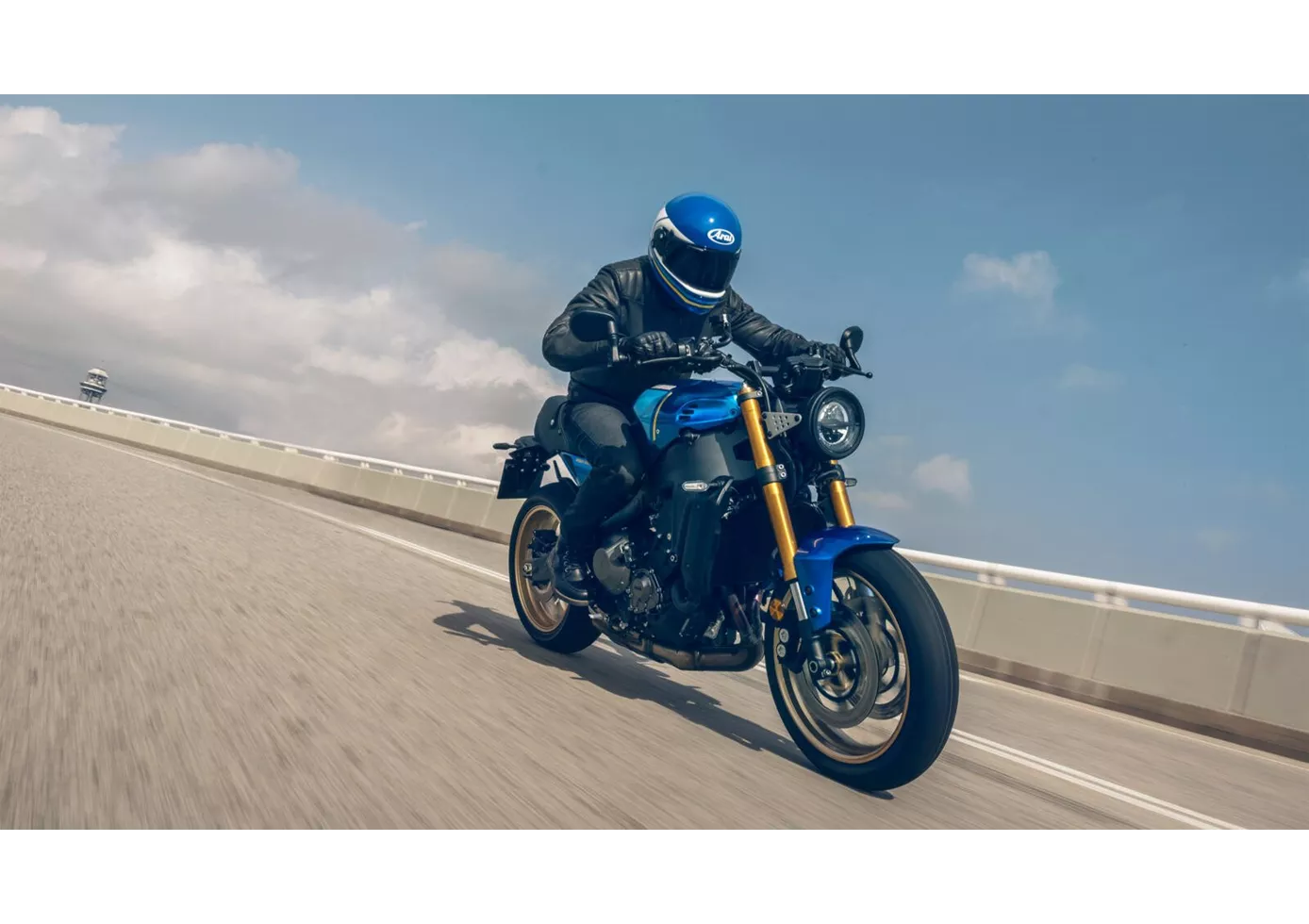
The XSR900 in no way wants to hide the fact that it uses the MT-09 as its basis. With a full electronics package, powerful three-cylinder and sporty chassis components, you can be incredibly sporty on this retro bike. Hopefully you'll just find a more comfortable seat in the accessories soon - because it's going to take a lot of stops on the standard seat.
Price Comparison Avarage Market Price Yamaha R1 vs Yamaha XSR900
There are a few key differences between a Yamaha R1 2015 and a Yamaha XSR900 2022. It takes less time to sell a Yamaha R1 with 76 days compared to 97 days for a Yamaha XSR900. Since model year 2005 1000PS.de editors have written 80 reviews for the Yamaha R1 and 30 reviews for the Yamaha XSR900 since model year 2016. The first review for the Yamaha R1 was published on 4/28/2003 and now has more than 3,900 views. This compares to more than 17,600 views for the first review on Yamaha XSR900 published on 11/25/2015.

